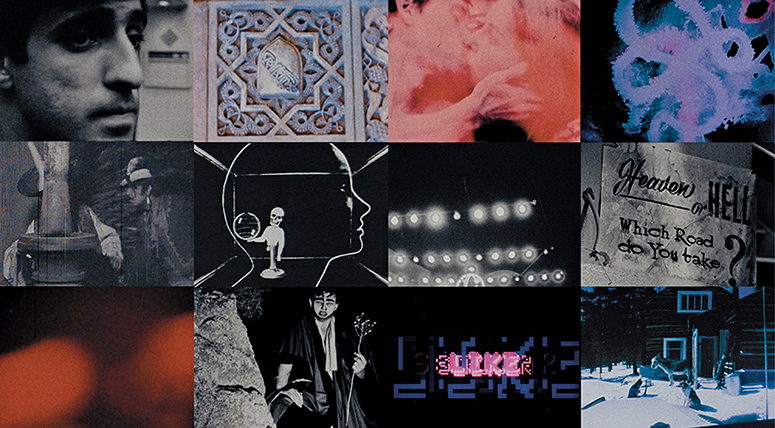Velvet goldmine
Maybe every rock band contains the seeds of its own destruction.
Maybe it’s all a matter of physics: “You need physics to describe the Velvet Underground,” says experimental filmmaker Jonas Mekas in Todd Haynes’ documentary on the band. “They had entropy within them.”
The Velvet Underground digs below the surface of the Andy Warhol-financed phenomenon to find more than just a seminal ‘60s rock band, instead zeroing in on the artistic strains grappling within.
It’s really an electrical pulse, a flickering presence, an eerie ghost-like energy that the band represents, even 50 years later. Imitators will imitate; the Velvets transcended.
It was a volcanic combination, to be sure.
There was viola player John Cale, whose fixation on avant-garde classical and drone music drove their eerie sound; a monolithic drummer named Mo Tucker who provided a machine-like heartbeat; and Sterling Morrison’s humane guitar curlicues, all wrapped around Lou Reed’s Brill Building-style ballads and rock songs, featuring lyrics that seemed to crawl straight from the gutter and ascend to the stars.

Precious little live Velvets footage exists, so Haynes relies on a split-screen approach (à la Warhol’s Chelsea Girls) to capture the frenetic Factory heyday, its uniform of black wraparound shades, black turtlenecks and gel-smeared projector lighting to make the point: Warhol’s invented world was mostly spectacle and hype; but beneath it was a band of misfit musicians committed to sounding like no other.
Haynes uses abrasive textures — montage overload, audio overload, random juxtapositions — to match the abrasive textures of a band made up of volatile forces.
Survivors Cale and Tucker offer up-to-date assessments (Cale credits the trance-like power of La Monte Young’s sustained tones and raga drones), while Reed is given credit for offering gutter poetry and a voice almost too real for rock ‘n’ roll. A perfect subatomic match.
Add Nico’s otherworldly foghorn vocals and porcelain presence and you had something that captured the attention of New York’s party-goers, art dealers, hipsters, and socialites (people like Nureyev and Jackie Kennedy, for 15 minutes at least).
Warhol came up with the banana peel cover for their debut album and set the band loose in the studio with $1,500 in cash to record; as Brian Eno famously noted, fewer than 100 people probably bought the LP, but every one of them formed a band.

One by one, band members stripped away like that appliqué banana peel: Nico drifted off, Cale was fired by Reed. Tucker sat out playing on their last record, “Loaded.” Eventually, Reed quit his own band; Bowie and “Transformer” fame waited somewhere off in the wings.
Early punks in their sensibility, the Velvets hated the West Coast and hippies. Cale saw the sunny California vibe as “avoidance of the value of danger.” The Velvets embraced the danger.
By their second album, they were fraying. Cale sums up “White Light/White Heat” as speed-fueled “aggro.” But they had become a live-wire stage act — Cale’s viola drones and Sterling’s fuzztones and Reed’s exploding-head guitar mutating every night onstage.
It would inspire, among others, a young Jonathan Richman, who attended 60 or 70 Velvets shows: “There were sounds coming from them you couldn’t account for — overtones. It was a ‘group’ sound.”
By record three, Cale and Nico long gone, they were “removing things, never adding things,” as Cale comments. It was a quieter sound: a comedown before the crash. Amid it, Reed was straining for commercial validation; but even the radio-friendly “Loaded” that followed (with Sweet Jane and Rock and Roll) failed to chart.
A slow dose of public indifference can be lethal to any band over time. But the history here still feels vivid, resonant. Perhaps because Haynes captures more than just history; it’s really an electrical pulse, a flickering presence, an eerie ghost-like energy that the band represents, even 50 years later. Imitators will imitate; the Velvets transcended.
Shown on Apple+ TV


